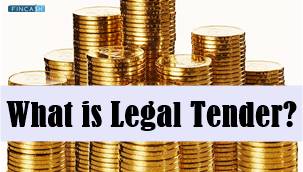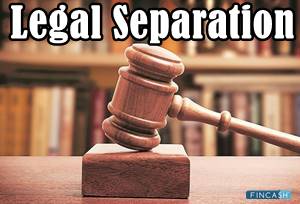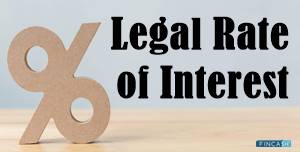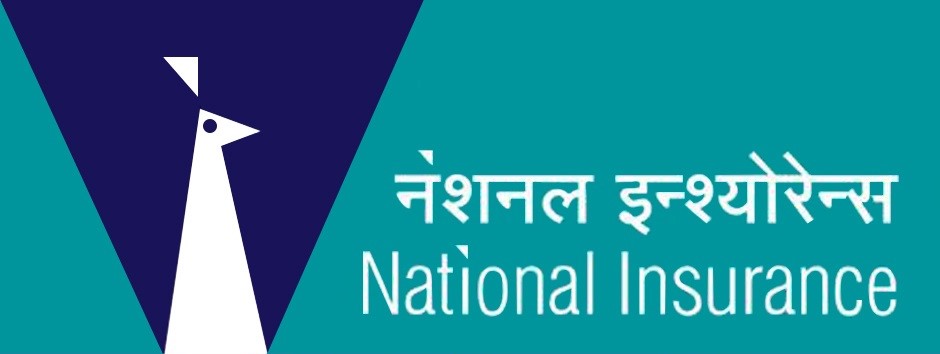
Table of Contents
Legal Lending Limit
The legal lending limit is regarded as the maximum amount that an individual Bank may lend to a certain borrower. This limit is signified as a percentage of the Capital and surplus of an institution.

The Office of the Comptroller of the Currency (OCC) and the Federal Deposit insurance Corporation (FDIC) oversee these limits, and this was established under the United States Code (U.S.C).
Understanding Legal Lending Limit
Basically, both the OCC and FDIC are involved in the process of National Bank charters in America. Both of these entities also work to make sure that banks are following those rules that have been defined in the U.S.C that details the statutes of federal.
Across the US, this lending limit legal code is applied to savings associations and banks. The lending limit code signifies that a financial institute might not issue a loan to an individual borrower for beyond 15% of the capital and surplus of the institution.
This is the basic standard and needs the institution to follow surplus and capital levels that are also operated under the federal law. As far as the surplus is concerned, it could be regarded as the number of components available in a bank.
These surplus categories could be convertible debt, loss reserves and profits. Certain loans could be allowed a special lending limit. Such loans include the ones secured by lading or warehouse receipts bills, instalment consumer paper, loans secured by project financing advances and livestock relating to pre-qualifying commitments of lending.
Talk to our investment specialist
Adding more to it, certain loans might not be subjected to lending limits altogether. These include:
- Specific business paper or Commercial Paper discounted loans
- Loans that are affiliated with a federal agency
- Bankers’ acceptances
- Loans to financial institutions
- Loans linked to a political or state subdivision
- Loans to banks or financial institutions with specified Federal banking agency’s approval
- Loans to the Student Loan Marketing Association; and more
Banks are needed to hold the substantial capital amount that generally causes lending limits to only institutional borrowers. Basically, capital gets divided into varying tiers on the Basis of liquidity. Tier 1 comprises most liquid capital, like statutory reserves. Tier 2 has general loss reserves and undisclosed reserves.
All efforts have been made to ensure the information provided here is accurate. However, no guarantees are made regarding correctness of data. Please verify with scheme information document before making any investment.












